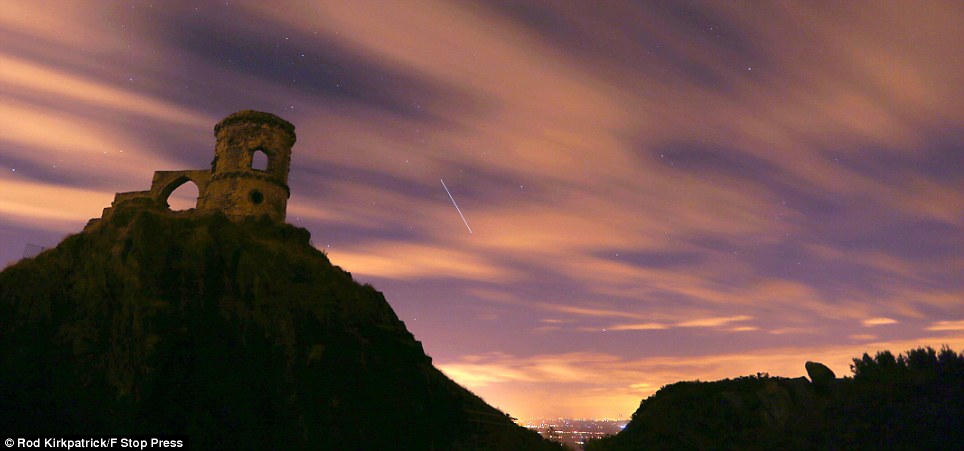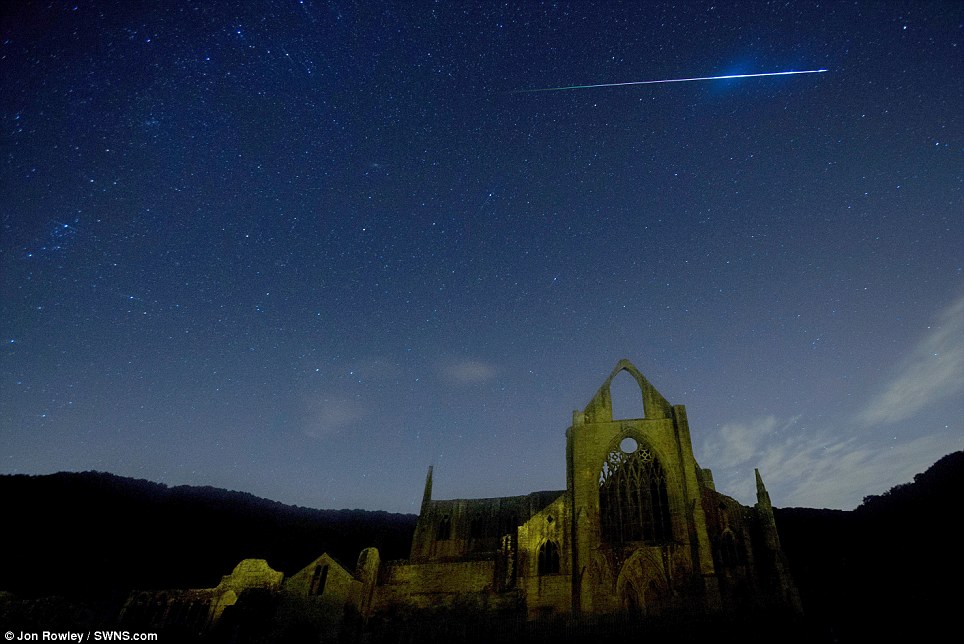This weekend could be the best time to watch the Perseid meteor shower, one of the biggest annual meteor showers visible in the northern hemisphere.
"The times between Aug. 11 to the 13 is the peak period. That's when you had seen perhaps 50, 60 meteors per hour under clear dark skies -- if you can get away from the city lights," says CBC Calgary's Don Hladiuk.
You'll have to stay up late though. The best hours for viewing the meteor shower are 11 pm to dawn, and of course, you'll need to make sure you get away from city lights and hope that the weather cooperates and keeps the sky clear. According to Vancouver's H.R. MacMillan Space Centre, you'll want to look northeast, towards the constellation Perseus, the namesake of the event. The best part is that you won't even need binoculars or a telescope to view the event. But be sure to give your eyes some time, about 20 minutes, to get used to the dark, notes Earthsky.org.Also, if you can't watch it this weekend, you might still be able to spot some meteors early next week.
The streaks in the sky are actually meteorites burning up in the atmosphere. According to NASA, the Perseids, which have been observed for more than 2,000 years, happens when our planet passes through dust left behind by the Swift-Tuttle comet.
"The fragments light up due to the immense friction created when they plough into the gas surrounding Earth. Each such fragment is approximately the size of a dime, but the more constant, sporadic meteoroids have been around much longer, breaking down over time into tiny fragments only about as wide as a piece of human hair," NASA explains.
Don't forget to bring an extra layer if you're planning on staying out later. A little bug spray can't hurt either. Enjoy the meteors!
Perseid Meteor Shower: Where And How To Watch The Astronomical Event
"The times between Aug. 11 to the 13 is the peak period. That's when you had seen perhaps 50, 60 meteors per hour under clear dark skies -- if you can get away from the city lights," says CBC Calgary's Don Hladiuk.
You'll have to stay up late though. The best hours for viewing the meteor shower are 11 pm to dawn, and of course, you'll need to make sure you get away from city lights and hope that the weather cooperates and keeps the sky clear. According to Vancouver's H.R. MacMillan Space Centre, you'll want to look northeast, towards the constellation Perseus, the namesake of the event. The best part is that you won't even need binoculars or a telescope to view the event. But be sure to give your eyes some time, about 20 minutes, to get used to the dark, notes Earthsky.org.Also, if you can't watch it this weekend, you might still be able to spot some meteors early next week.
The streaks in the sky are actually meteorites burning up in the atmosphere. According to NASA, the Perseids, which have been observed for more than 2,000 years, happens when our planet passes through dust left behind by the Swift-Tuttle comet.
"The fragments light up due to the immense friction created when they plough into the gas surrounding Earth. Each such fragment is approximately the size of a dime, but the more constant, sporadic meteoroids have been around much longer, breaking down over time into tiny fragments only about as wide as a piece of human hair," NASA explains.
Don't forget to bring an extra layer if you're planning on staying out later. A little bug spray can't hurt either. Enjoy the meteors!
Perseid Meteor Shower: Where And How To Watch The Astronomical Event

















